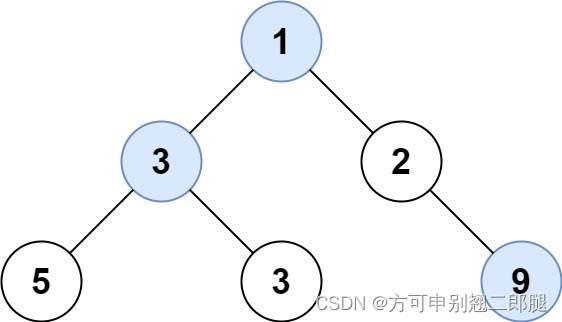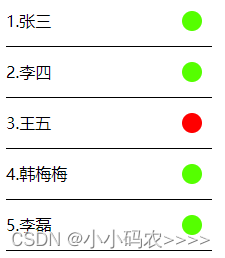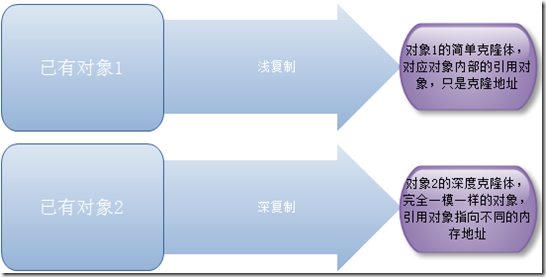在 Python 中,可以使用线程锁来控制多个线程对共享资源的访问。以下是一些常见的 Python 中锁的用法:
- 创建线程锁
在 Python 中,可以使用 threading 模块中的 Lock 类来创建线程锁。例如:
import threading
# 创建线程锁
lock = threading.Lock()
- 获取锁
要访问共享资源,需要先获取锁。如果当前锁已经被占用,那么 acquire() 方法将会阻塞当前线程,直到锁被释放。例如:
# 获取锁
lock.acquire()
# 访问共享资源
# ...
# 释放锁
lock.release()
- 释放锁
当完成对共享资源的访问后,需要释放锁,以便其他线程可以继续访问该资源。例如:
# 获取锁
lock.acquire()
# 访问共享资源
# ...
# 释放锁
lock.release()
- with 语句简化锁的使用
在 Python 中,可以使用 with 语句来简化锁的使用。with 语句会自动获取和释放锁,避免了手动调用 acquire() 和 release() 方法的麻烦。例如:
# 使用 with 语句访问共享资源
with lock:
# 访问共享资源
# ...
需要注意的是,在使用锁时,应该避免出现死锁(deadlock)的情况。死锁是指多个线程相互等待对方释放锁而导致的程序无法继续执行的情况。为了避免死锁,可以在获取多个锁时按照一定的顺序获取,或者使用超时机制来避免长时间等待锁的情况。
为了避免死锁,可以在获取多个锁时按照一定的顺序获取,或者使用超时机制来避免长时间等待锁的情况代码举例
以下是按照一定顺序获取锁的代码示例:
import threading
# 创建两个锁
lock1 = threading.Lock()
lock2 = threading.Lock()
def worker1():
# 先获取 lock1,再获取 lock2
with lock1:
print("Worker 1 acquired lock 1")
with lock2:
print("Worker 1 acquired lock 2")
def worker2():
# 先获取 lock2,再获取 lock1
with lock2:
print("Worker 2 acquired lock 2")
with lock1:
print("Worker 2 acquired lock 1")
# 创建两个线程并启动
thread1 = threading.Thread(target=worker1)
thread2 = threading.Thread(target=worker2)
thread1.start()
thread2.start()
# 等待两个线程执行结束
thread1.join()
thread2.join()
在该示例中,两个线程分别按照不同的顺序获取锁,避免了死锁的情况。
以下是使用超时机制避免长时间等待锁的代码示例:
import threading
# 创建锁
lock = threading.Lock()
def worker():
# 尝试获取锁,最多等待 5 秒
if lock.acquire(timeout=5):
try:
print("Worker acquired the lock")
# 访问共享资源
# ...
finally:
# 释放锁
lock.release()
else:
print("Worker was unable to acquire the lock")
# 创建线程并启动
thread = threading.Thread(target=worker)
thread.start()
# 等待线程执行结束
thread.join()
在该示例中,线程尝试获取锁,并设置了最多等待 5 秒的超时时间。如果在 5 秒内无法获取到锁,就放弃等待并退出。这样可以避免长时间等待锁而导致程序无响应的情况。
with lock用法完整代码举例
以下是使用 with 语句来简化锁的使用的完整代码示例:
import threading
# 创建锁
lock = threading.Lock()
# 共享资源
count = 0
def worker():
global count
# 使用 with 语句访问共享资源
with lock:
print("Worker acquired the lock")
# 对共享资源进行修改
for i in range(100000):
count += 1
# 创建多个线程并启动
threads = []
for i in range(5):
thread = threading.Thread(target=worker)
thread.start()
threads.append(thread)
# 等待所有线程执行结束
for thread in threads:
thread.join()
# 输出共享资源的值
print("Count:", count)
在该示例中,多个线程访问一个共享资源 count,使用 with 语句来简化对锁的获取和释放。每个线程获取到锁后,就可以安全地对共享资源进行修改,避免了多个线程同时修改共享资源而导致的竞态条件(race condition)的问题。最终,输出共享资源的值,验证多个线程修改共享资源的正确性。


































